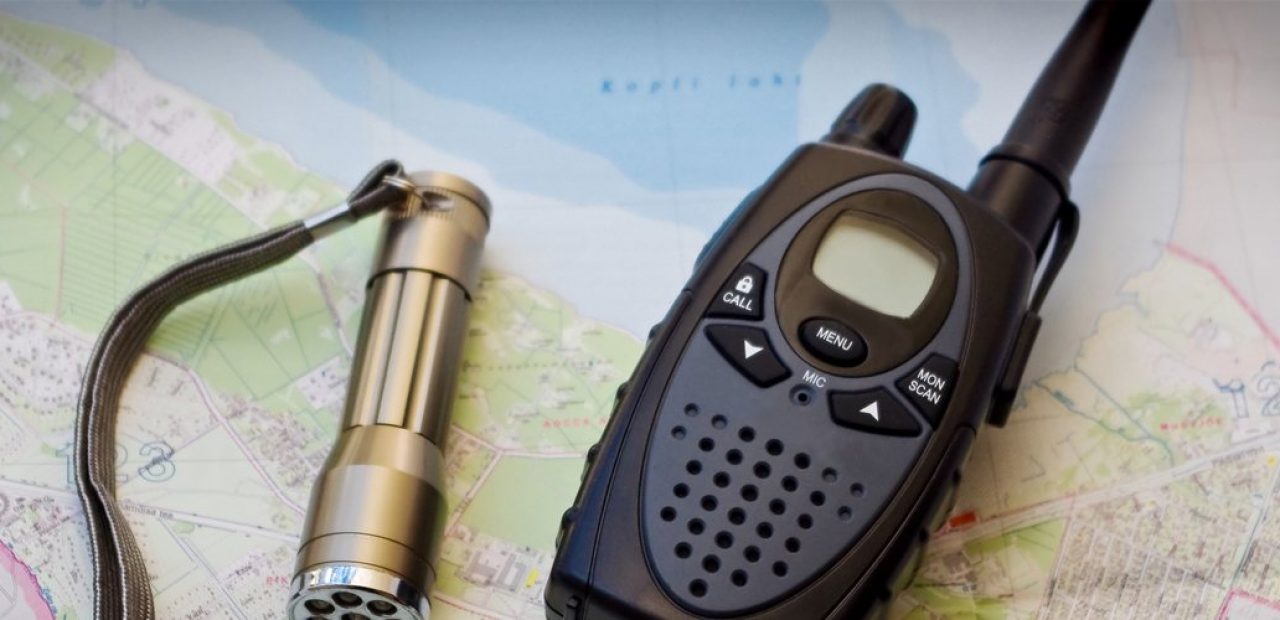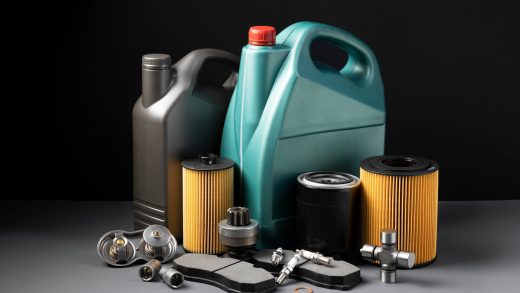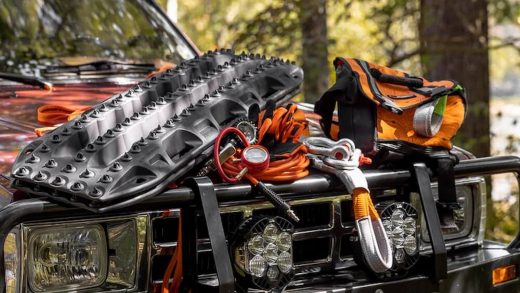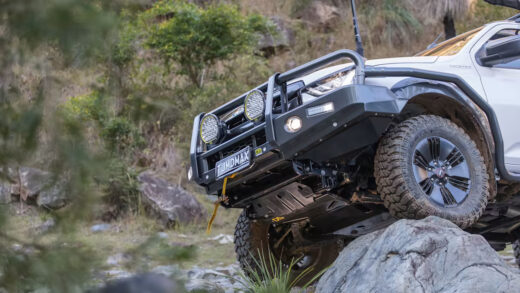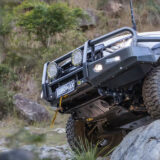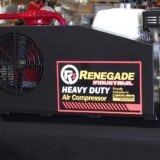The Importance of Communication Equipment When Going Off-Road
So you and your mates have decided to take a trip off the beaten trail and explore the vast Australian outback with your 4x4s. You packed up refreshments, clothes, a tent and some sleeping bags maybe, recovery gear, but you’ve likely forgotten one very important thing, that admittedly, even I didn’t bring on my first off-road trip – a means for communication. You might think to yourself: “It’s 2018, everyone owns a cell phone”. And while that notion is true, the matter of fact is, cell reception may not be available that far away from the cities.
For that reason, before you head out, visit a 4×4 accessories online store and order a couple of CB or VHF radios for you and your mates. But why would you need communication when you’ll be driving together for the majority of the time spent off the road? Well, the need for spontaneity may arise. You may have to warn each other about upcoming road blocks, traffic, obstacles, animals, or you just may need to alert them that you’re stopping for a bathroom break. Without further ado, let’s discuss the pros and cons of the CB and VHF radios so that when you order one from your favorite 4×4 accessories online store you know what to expect.
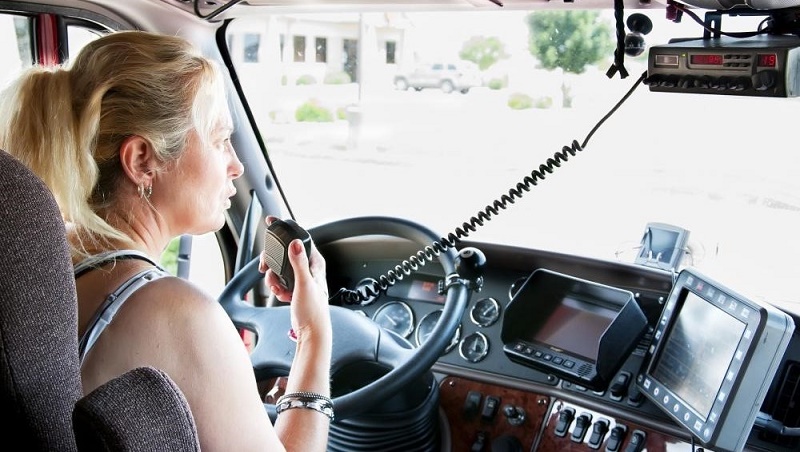
CB or Citizen’s Band Radios
CB radios are an extremely popular communication tool among off-roaders because they don’t require a license to operate. They operate in a narrow band – 26.965 – 27.405MHz (high-frequency band) and 476.4125 – 477.4125MHz (ultra high-frequency band). Moreover, they’re affordable, easily available and have a range of about 5kms on highways and open terrain. Their biggest advantage is that they don’t require any connectivity or network coverage, and work with AM/FM frequencies in the aforementioned frequency range. All you need to do is pick a channel from the few dozen channels available on the spectrum and communicate when necessary.
VHF Two-Way Radios
Two-way radios are another commonly used communication tool among off-roaders. They come in two varieties – the ones that look like toys, but are still quite powerful, and the professional ones that have a longer range and are used professionally. These radios are less cumbersome and sleeker to handle than CB radios, and they don’t require large antennas. They operate in the 72-76MHz and 450-570MHz band. Their reach can vary between 2-25km in range and communicating over them is typically better than communicating through CB radios simply because there’s less interference.

